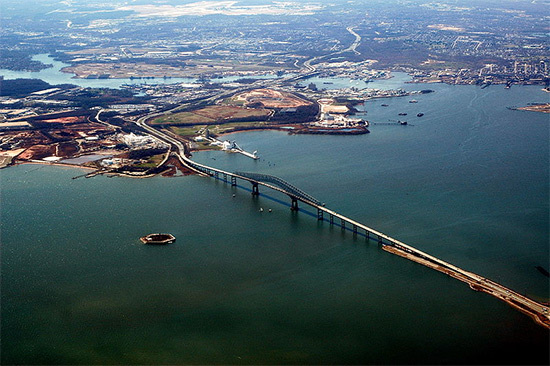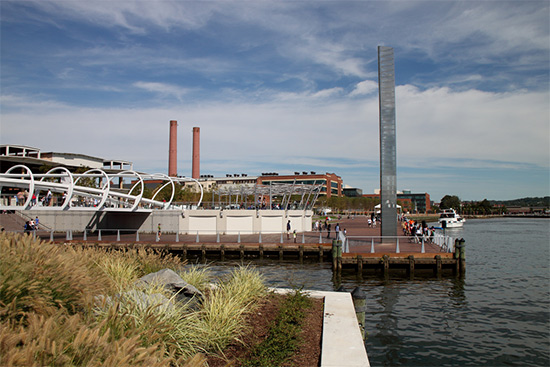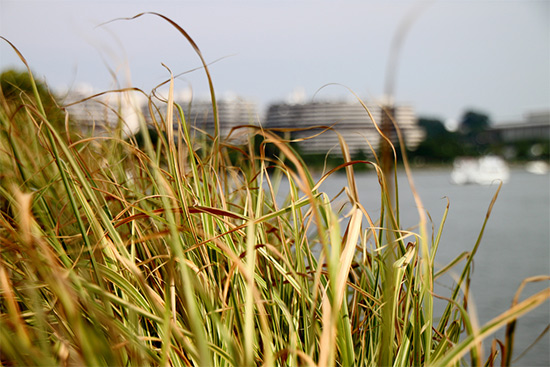Letter from Leadership: Sister waterways
Experts reflect on the past, present and future of the Anacostia and Patapsco rivers.
The history of the Anacostia and Patapsco rivers is similar to that of countless other mid-Atlantic waterways. At one time, these rivers served as sources of power that fueled industrialization and as sewer lines that removed human and industrial wastes from urban areas. Over time, these rivers lost their identities as “natural resources” and the values placed on them for food and spiritual renewal.

Image courtesy eutrophication&hypoxia/Flickr
Rivers were our early highways, transporting people and goods from one place to another. They bound communities together, giving people a common experience. Earlier this month, community representatives, academics and activists came together at the Smithsonian Institution’s Anacostia Community Museum to share their experiences in trying to reclaim the original values of these resources for local residents.

Image courtesy Mr. T in DC/Flickr
Historian and University of Maryland Eastern Shore Professor Emeritus John Wennersten has studied and written about the Anacostia River for decades. At this talk, he discussed the ethical responsibility we have to remedy the environmental burdens that have been disproportionately placed on low-income and minority communities. Indeed, restoring urban waterways is an important step in this process. Both the Anacostia and Patapsco rivers have legacies of industrial development and pollution, and Dan Smith with the Anacostia Watershed Society and Joe Stewart with the Baltimore Historical Society described efforts to engage the community in reclaiming and restoring waterfronts. As part of this work, Christina Bradley from Baltimore’s Parks & People Foundation described efforts to improve the grounds of city schools. By replacing pavement with plants, her organization gives students, teachers and community members the opportunity to experience the value of urban green space.
There is power in encouraging students to experience the environment. Dennis Chestnut, Director of Groundwork Anacostia River DC, has returned to the neighborhoods of his childhood to reconnect both youth and adult residents to their river. And Tony Thomas, the museum’s “Science Guy,” framed the evening’s discussion by describing his experience as a science teacher and the thrill he would feel when the “light bulb” went on for one of his students to illuminate a concept or idea.

Image courtesy Mr. T in DC/Flickr
The turnout for this event was at a disadvantage, thanks to beautiful weather and a Washington Nationals baseball game. But for those who spoke and those who attended, it offered a valuable time to share our experiences and learn from each other, driven by a common passion to reclaim, reconnect and restore our communities and our natural resources. It was a wonderful thing to witness.
Note: The opinions expressed above are those of the author and do not necessarily reflect U.S. EPA policy endorsement or action.

Comments
There are no comments.
Thank you!
Your comment has been received. Before it can be published, the comment will be reviewed by our team to ensure it adheres with our rules of engagement.
Back to recent stories